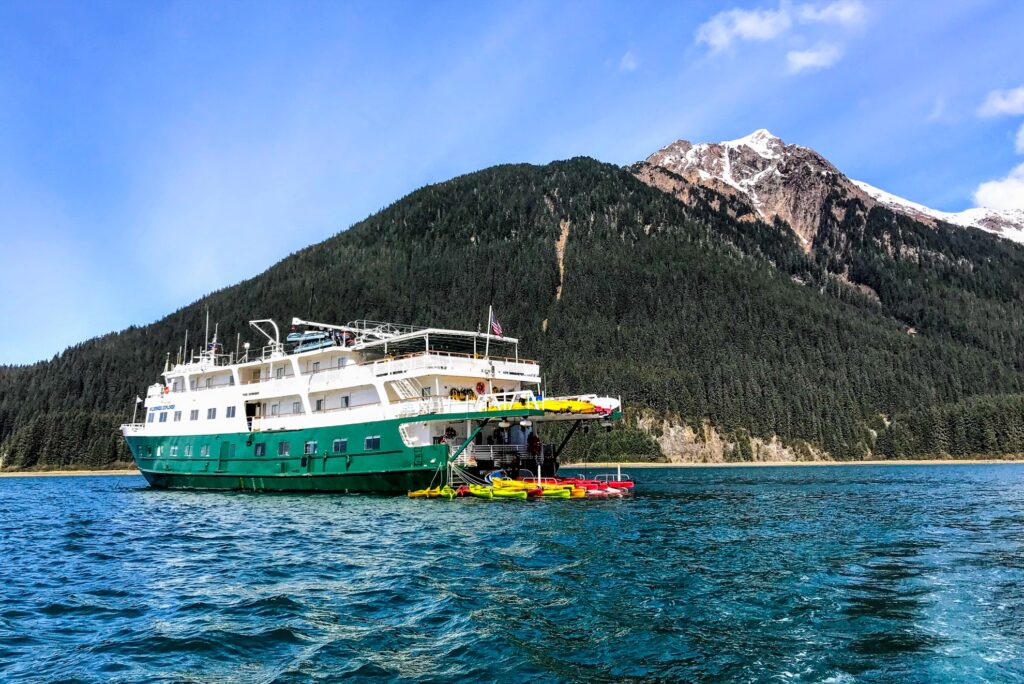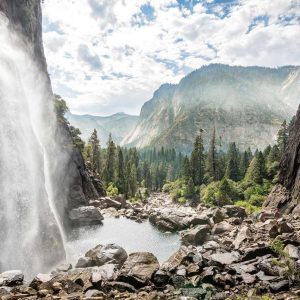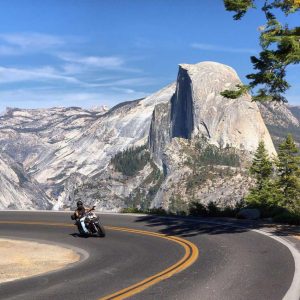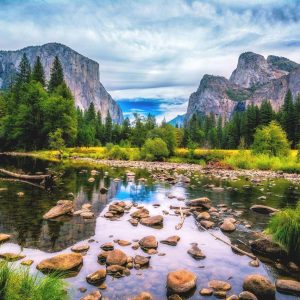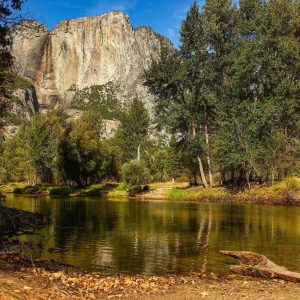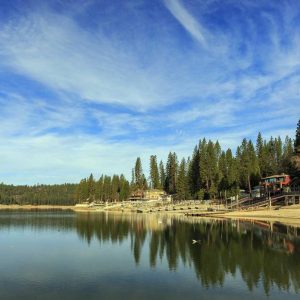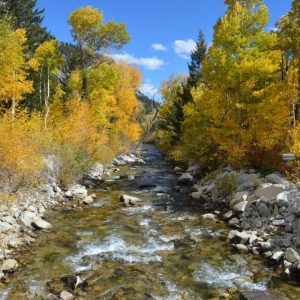Getting Up Close To Glaciers
On our glacial-viewing journey north aboard the UnCruise Wilderness Explorer, we pick up National Park Ranger Nicole Schaub. After dinner, in the chill of the evening, we stop at John Hopkins Inlet to see the John Hopkins Glacier. It’s 12 miles long and confirmed as being one of the few glaciers that is still advancing rather than shrinking. In the distance we can hear the John Hopkins Glacier calving — it makes a thundering sound as ice falls off into the water.
Ranger Nicole explains that the harbor seals come here every summer to give birth, and their babies can weigh up to 35 pounds. Why this particular spot? Nicole told us the glacier’s ice has compacted over time; when it breaks off and enters the water, it’s carbonated, so it makes a sound that provides acoustic camouflage, warding off the harbor seals’ killer whale predators.
Nicole’s enthusiasm for and knowledge about the park is infectious, and we spend a few hours in the cold enjoying her talk and the views.
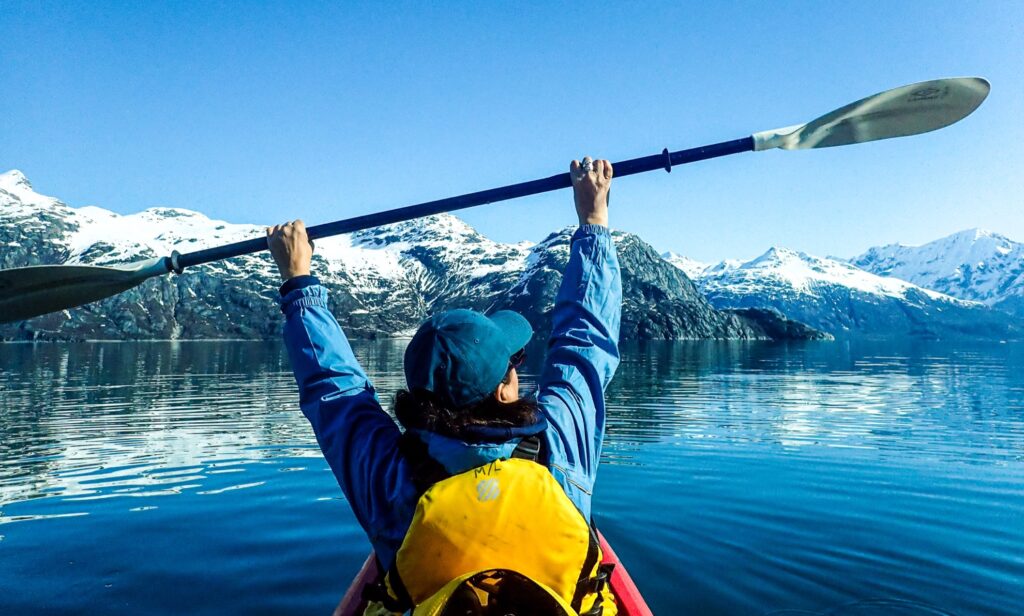
The next morning, I feel excitement surge through me as we prepare to kayak to Lamplugh Glacier. This is a magnificent sight but like most glaciers, sadly it’s receding. The impacts of climate change are visible everywhere. Dan, my kayaking partner and guide, points out that we should avoid the floating ice as some pieces are large and deep.
At one point I see an otter poke its head out of the blue shimmering water then disappear.
